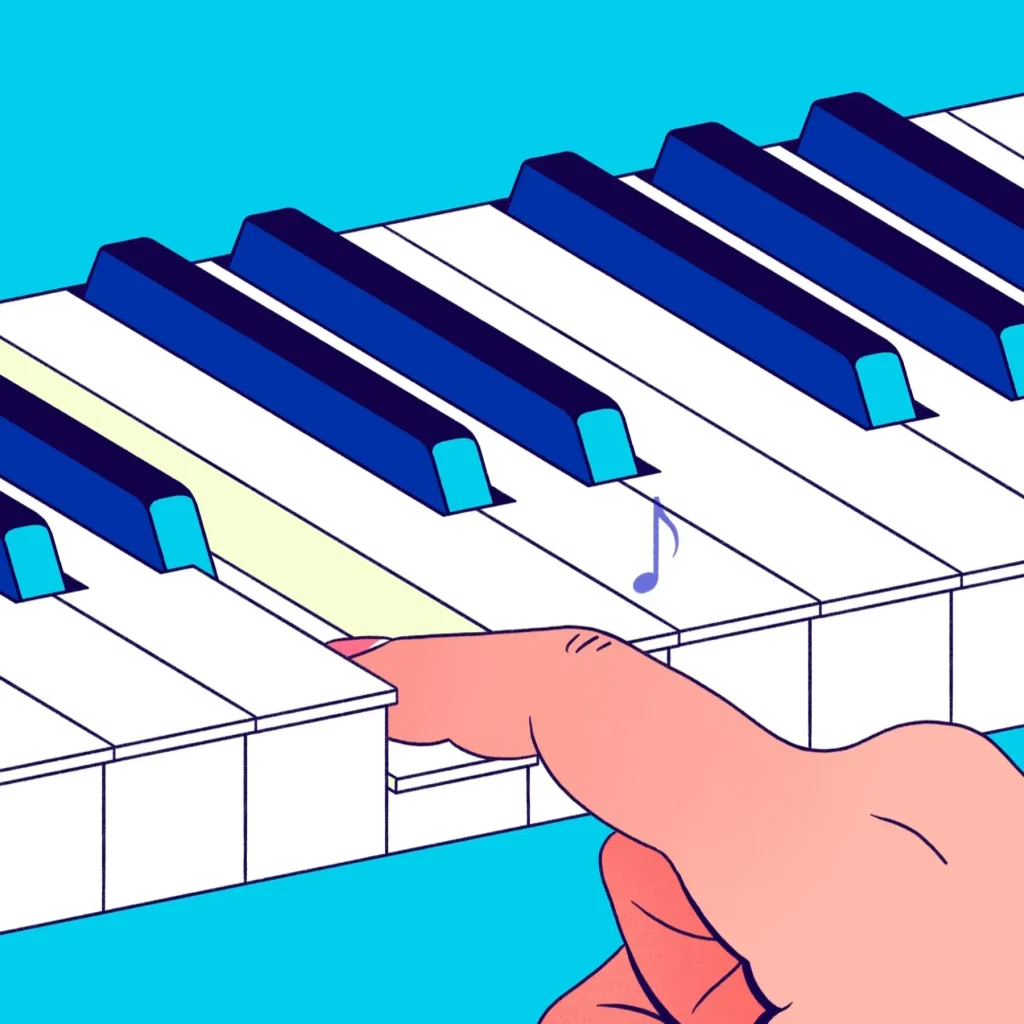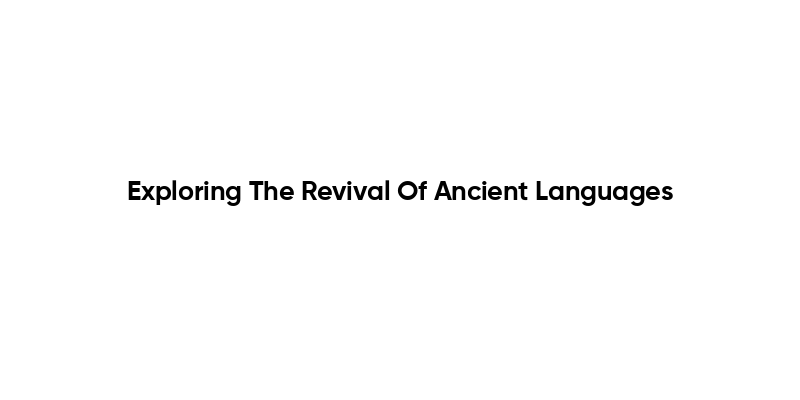Artificial intelligence and creativity are increasingly intersecting in today’s digital world, raising questions about how these two forces coexist and influence each other. As AI tools evolve, they are becoming capable of producing art, music, and literature, challenging traditional notions of human creativity. This burgeoning relationship has invited discourse on the nature of AI creativity, particularly how it supplements or replaces the mental effort required in creative processes. While the debate on human vs AI creativity continues, the potential for AI to enhance our creative endeavors is undeniable, encouraging us to explore new artistic frontiers. Consequently, understanding the AI impact on creativity can illuminate pathways to harnessing the creative potential of AI while fostering authentic human innovation.
The dynamic interplay between machines and artistic expression is reshaping our understanding of innovation. With advancements in technology, intelligent systems are now contributing to creative disciplines, provoking contemplation on the essence of inventiveness. As we navigate this new landscape, the theme of AI’s role in fostering artistic growth becomes paramount, highlighting discussions around how creativity manifests in both human and machine. The prospect of blending traditional human skills with machine learning techniques opens avenues for hybrid forms of creativity. Ultimately, this exploration urges us to redefine our perspectives on creativity, pushing the boundaries of what it means to create in an era dominated by intelligent automation.
The Intersection of AI and Human Creativity
Artificial Intelligence (AI) is increasingly interwoven with creative practices, fundamentally transforming how we approach creativity. In fields like art, music, and literature, AI tools are not just mechanisms for generation; they are collaborative partners that inspire and enhance human creativity. By analyzing vast datasets, AI can uncover patterns and generate ideas that might not occur to a human creator. For instance, AI algorithms can analyze thousands of songs to create new melodies that resonate with current musical trends, effectively broadening our understanding of what creativity can achieve. The synergy of human intuition and AI’s analytical prowess thus creates infinite possibilities for exploration and innovation.
However, the rise of AI creativity raises profound questions about the nature of originality and human expression. While AI can produce visually stunning art or write coherent stories, the essence of human creativity lies in the emotional depth and personal experiences that inform our artistic endeavors. The juxtaposition of AI-generated content against human-made art compels us to reevaluate what we consider creative potential. Are we merely curators of inspiration, harnessing AI’s abilities to elevate our work, or does reliance on AI diminish our creative essence? This dialogue between AI and human creativity is crucial for understanding future creative landscapes.
AI’s Impact on Creative Processes
The introduction of AI into creative processes has significantly streamlined workflows, allowing individuals to focus more on ideation rather than execution. For example, AI can assist writers by providing instant grammar checks or suggesting alternative phrases, thereby reducing the cognitive load involved in writing. This efficiency can lead to a more dynamic creative process where ideas flow freely and explorations are encouraged. As a result, creative professionals might spend less time on technicalities and more on developing concepts that resonate with their audience. This gradual shift suggests a potential renaissance in creative fields where innovation is tracked, not just by output, but by the breadth of ideas explored.
On the other hand, as AI continues to facilitate creative tasks, it raises concerns about diminishing our intrinsic motivation to engage in mental effort. Studies highlight that engaging in creative activities requires significant mental effort, which is inherently rewarding and crucial for cognitive growth. Relying heavily on AI for creative outputs could lead to cognitive laziness, where individuals opt for convenience over the rich experience of crafting something from their imagination. This balance between leveraging AI’s capabilities and nurturing our own creative faculties will shape the future of artistic endeavors, demanding that we remain vigilant about our engagement in creative thought.
Finding Balance: Human vs AI Creativity
In a landscape increasingly defined by technological advancements, the balance between human creativity and AI capabilities becomes essential. While AI can serve as a valuable tool that enhances creative projects, overreliance on it may lead to a stifling of personal expression and creative judgment. The critical distinction lies in the qualitative differences between human and AI creativity. Humans possess the ability to bring personal experiences, emotions, and unique perspectives to their creations. In contrast, AI tends to generate output based on pre-existing data patterns, lacking the nuanced grasp of human sentiments. This dynamic variation prompts deeper reflection on what it means to create thoughtfully in the Age of AI.
Moreover, the potential risks of allowing AI to take the lead in our creative processes must be considered. As we adopt more automated tools, there exists a danger that generations may grow up with diminished skills in critical thinking and innovation. The essence of creativity often lies in the struggles and triumphs of crafting something original; thus, without those formative processes, we risk producing a society that values efficiency over exploration. To harness the power of AI while simultaneously cultivating our creative spirits, we must engage in intentional practices that emphasize the development of creative skills alongside the utilization of AI.
The Evolution of Creativity: An Exploration of Repetition
Understanding creativity as an evolutionary continuum invites us to appreciate the value of repetition and variation in the creative process. Just as nature thrives through adaptive changes, creative individuals benefit from iterative exploration—testing, failing, and refining their techniques over time. For example, an artist might repaint the same landscape multiple times, uncovering new artistic dimensions with each iteration that reflect changes in their perception and skill. This exploration fosters a profound connection to the creative journey, encouraging growth and innovation.
As we delve deeper into this evolutionary model of creativity, the role of artificial intelligence nuancedly introduces variation. AI can generate multiple renditions of artistic concepts, presenting numerous potential pathways for creativity. It allows creative individuals to explore alternatives, making the process of iteration more efficient. However, fertile creativity often requires a delicate balance between embracing AI’s potential to ease tasks and maintaining an active engagement with the organic iterative practice that fosters personal development. This balance—between AI-assisted exploration and authentic creative endeavor—ensures that creativity continues to thrive in uncharted territories.
Repetition and its Role in Human Development
Repetition is a critical component of achieving mastery in any skill, whether it be cooking, painting, or even problem-solving. Engaging in repetitive tasks allows individuals to refine their techniques and deepen their understanding of their craft. For instance, a cook may prepare the same dish repeatedly, experimenting with different ingredients and techniques to improve flavor and presentation. This cycle of trial, error, and adjustment is essential for creative growth and ingenuity, highlighting the transformative power of repeated efforts.
In the context of AI, the notion of repetition evolves. AI systems can rapidly create numerous variations of a single idea, offering creatives a plethora of options to consider without the same level of time investment required from a human creator. This efficiency may enhance productivity but could also risk diminishing the unique learning experiences that repetition offers. Therefore, as we navigate this new landscape enriched by AI’s capabilities, it is crucial to remember the intrinsic value of engaging deeply with our creative processes, finding joy in the iterative loop of learning.
Mental Effort vs. AI Automation: A Double-Edged Sword
The relationship between mental effort and automation through AI reveals a double-edged sword for creatives. While AI technologies can alleviate the demands of repetitive tasks, they can also lead to a diminished appreciation for the challenges inherent in creative work. Studies show that many individuals find mental effort to be distasteful and often avoid it when possible. This trend raises concerns about the long-term consequences of over-reliance on technology, particularly for the development of creative thinking skills essential for navigating complex problems.
Conversely, this automation can liberate human creatives from mundane tasks, allowing them the mental bandwidth to focus on high-level concept development. The challenge lies in maintaining a healthy equilibrium where technology augments rather than supplants the indispensable cognitive effort that drives our creative potential. As creatives, it becomes imperative to cultivate a mindset that values the process of thought and exploration, ensuring that we harness AI’s advantages while continuing to engage actively in the intellectual endeavors that define our creativity.
The Pursuit of Idealism in Creativity
In many areas of creativity, the pursuit of ideales and perfection can be a motivating force. This relentless drive often surfaces in practices that involve repetition, where individuals hone their skills to reach a perceived ideal. For instance, musicians might practice a piece for countless hours striving for technical perfection or an emotional connection with their audience. This pursuit is not merely about the end product; rather, it embodies a journey of self-discovery through artistic engagement.
With AI’s introduction into these creative practices, the pursuit of what is ideal may take on new dimensions. AI can offer numerous iterations of a creation; however, it may also lead to a less rigid mindset where the endpoint seems more achievable. By enabling artists to experiment freely with various options, AI fosters an environment where exploration supersedes the pressure to reach an ideal state. Nevertheless, the essence of creativity often resonates when it is coupled with the human experience of struggle, learning, and growth that AI cannot replicate. Thus, the challenge remains for creatives to navigate the balance between AI-mediated efficiency and the rich, often messy journey towards finding their unique artistic voices.
Navigating Cognitive Challenges with AI
As we integrate AI into our creative processes, it becomes increasingly vital to address the cognitive challenges this technology presents. The convenience of AI can lead to complacency, where the intellectual effort required to tackle complex creative problems is sidelined. This cognitive dissonance invites a reevaluation of our personal engagement with creative tasks. As AI takes over some of the cognitive load, creators must be conscious of the potential decline in our own critical thinking capabilities, which are vital for long-term growth and adaptation.
However, AI can also be viewed as a supportive ally in overcoming cognitive challenges. By providing valuable insights, generating ideas, and streamlining workflows, AI tools can serve to catalyze creative exploration rather than stifle it. The key is to approach AI not as a crutch to lean on but as a partner that amplifies our creativity. By striking this balance, we can embrace the potential of AI to enrich our creative practices while preserving the rigorous thought processes that define what it means to be human in our pursuit of creating and innovating.
Rethinking Intellectual Engagement in the Age of AI
As AI continues to evolve, it prompts a crucial dialogue about intellectual engagement and what it means to think critically in a technology-saturated world. The advent of AI may encourage a passive approach to problem-solving, relying on technology to perform tasks that traditionally required human foresight and intellectual agility. While utilizing AI can streamline many processes, there is a growing concern regarding the potential atrophy of our cognitive abilities, as tasks that once fostered thought and creativity may begin to feel more like rote operations.
To combat this trend, individuals must actively cultivate strategies for maintaining engagement in their intellectual pursuits. Engaging with complex problems and challenging ourselves to think deeply will be essential for personal development. Therefore, as we navigate the integration of AI into our lives, it is paramount that we remain vigilant and conscious of how these technologies impact our thinking and creativity. By viewing AI as a complement rather than a replacement for our intellectual faculties, we can ensure that our cognitive and creative skills continue to flourish.
Frequently Asked Questions
How does AI creativity compare to human creativity?
AI creativity and human creativity differ fundamentally. While AI can generate creative content by analyzing vast amounts of data and patterns, human creativity involves emotional depth, personal experiences, and unique perspectives. AI creativity often results in variations of existing ideas, lacking the genuine intuition and emotional connection that characterize human innovation.
What is the impact of AI on creativity in artistic fields?
AI’s impact on creativity in artistic fields is significant. Tools powered by AI can assist artists in generating new ideas, modifying existing work, and exploring different styles. However, this automation raises questions about originality and the value of human effort in creativity, as reliance on AI may lead to a diminished personal creative experience.
Can AI enhance our creative potential?
Yes, AI has the potential to enhance our creative potential by serving as a collaborator that offers suggestions, variations, and new avenues for exploration. This ‘centaur’ approach allows creators to leverage AI tools while retaining their personal touch, ultimately fostering an environment where human creativity can flourish alongside AI-assisted innovation.
What role does repetition play in AI creativity and human creativity?
Repetition in both AI creativity and human creativity serves to refine and explore ideas. For humans, repetition allows for the exploration of variations, leading to personal growth and innovation. In AI, repetition enables the system to learn and generate better results, but it often lacks the personal evolution and emotional resonance found in human creative processes.
How can we ensure that AI complements rather than replaces human creativity?
To ensure AI complements rather than replaces human creativity, it’s essential to maintain a balance between leveraging AI tools and nurturing our own creative skills. Engaging actively with creative tasks, experimenting, and embracing challenges will help strengthen our intellectual faculties, allowing us to harness AI as a supportive tool rather than a crutch.
What are the risks of over-relying on AI for creative tasks?
Over-relying on AI for creative tasks can lead to intellectual passivity and a decline in personal creativity. As individuals depend more on AI-generated solutions, they may miss the learning and growth that occur through trial, error, and personal investment in the creative process. This reliance could ultimately stifle innovation and reduce the depth of individual expression.
| Key Points |
|---|
| The wooden ramps created opportunities for exploration and experimentation. |
| Variation in repetitive activities aids creativity and skill development. |
| Repetition with variation leads to personal growth and deeper understanding. |
| Artificial intelligence simplifies tasks and offers new possibilities. |
| Over-reliance on AI may stifle organic creativity and independent thinking. |
| Using AI as a tool could enhance creative potential (optimal ‘centaur’ scenario). |
Summary
Artificial intelligence and creativity are becoming increasingly intertwined in our modern world. As we navigate the complexities of creation, the integration of AI tools offers a promising avenue for enhancing, rather than replacing, our creative instincts. While AI can facilitate efficiency and exploration, it is crucial to remain vigilant against complacency in our creative efforts. By balancing the strengths of artificial intelligence with the unique insights of human experience, we can foster a more robust creative landscape that enriches both individuals and society.



